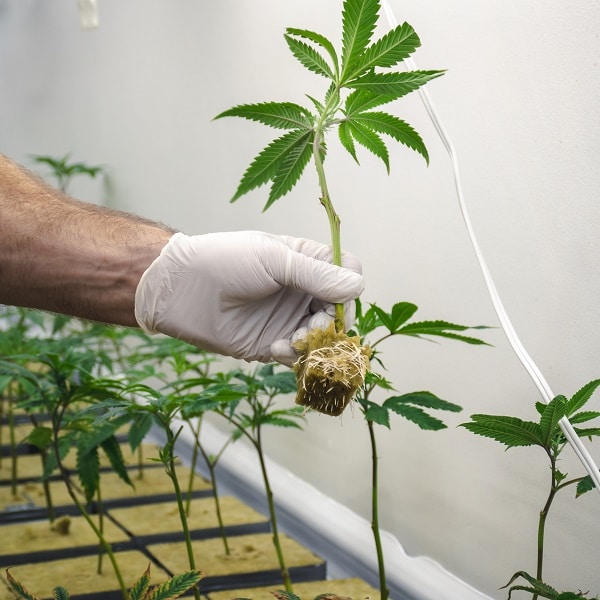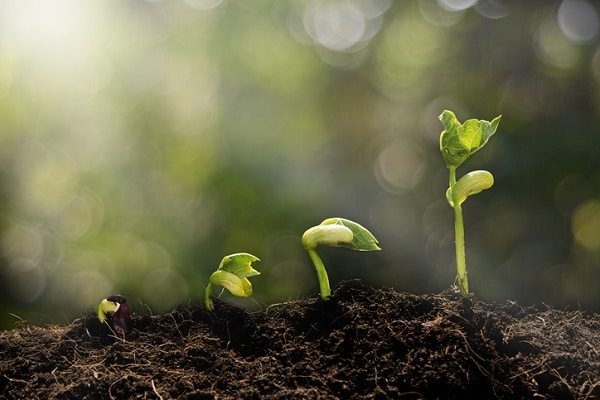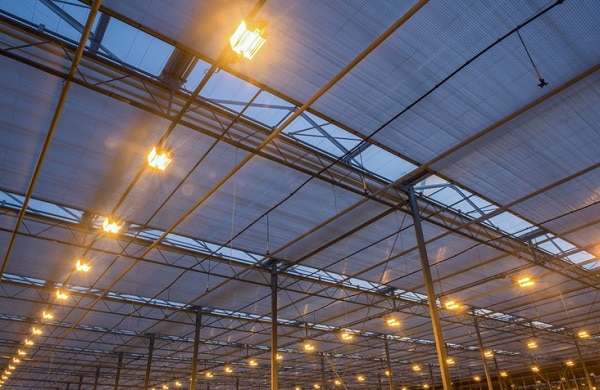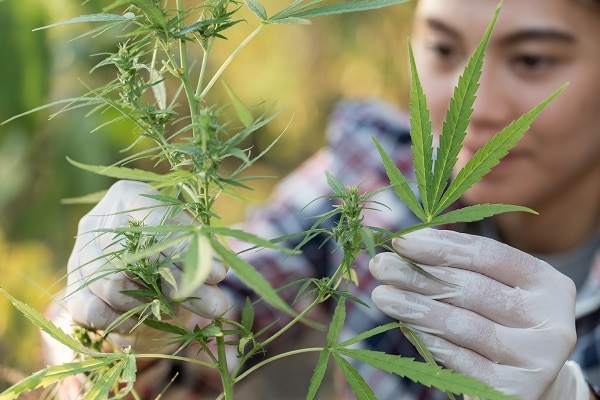
Students interested in working in the cannabis sector will need to understand the basics of the cannabis plant life cycle. Like any plant, cannabis begins as a small seed and matures through several different phases: germination, seedling, vegetative, and flowering.
At AAPS, students will learn about the most effective ways to grow healthy cannabis plants. The course includes practical, hands-on training on:
- Indoor and outdoor cultivation techniques
- Cultivation room set up
- Equipment and lighting
- Pest and disease control
- Temperature and humidity
- Nutrient regimes
- And more
Read on to discover more about the life cycle of the cannabis plant.
Choosing Your Seeds
A healthy developed cannabis seed should be dry and brown in colour. Avoid seeds that are slimy, squishy, or pale green or white, as these will not grow into healthy plants. You can choose between different strains such as sativa, indica, ruderalis, or hybrids, depending on the characteristics you would like to prioritize.
It’s a good idea to separate the male and female plant seeds before growing. Graduates of cannabis training know that only the female plants grow into cannabis that can be sold and consumed.In addition, if grown together, the male cannabis plants will pollinate the female plants, which can have a negative impact on the final harvest.
Seeds can be stored in a cool dry place for up to a year and will remain dormant until exposed to water.
Germinate the Seeds
There are a number of ways to germinate a cannabis seed. Some of the most common methods include:
- Adding the seed directly to the pre-fertilized soil
- Leave the seed in damp paper towels
- Soak the seed in water
It can take between 24 hours to 7 days for a seed to sprout.

Seeds begin to germinate once growing conditions have been met
Create the Perfect Cultivation Environment After Cannabis Training
In cannabis industry courses, you will learn how to create the right environment to grow your cannabis plant. The plant will need different amounts of water, light, and nutrients throughout its cycles.
Light
Cannabis plants need more than 12 hours of light per day to grow. If you are growing your plants indoors, you can choose between HID, fluorescent, and LED lights. Fluorescent lights are perfect for small scale planting as these are low cost.
The amount of light exposure that the plant needs will decrease throughout its life cycle. As a seedling, the cannabis plant will need more than 18 hours of light per day, whereas this decreases to just 16 at the vegetative stage.
Nutrients
The main nutrients that the cannabis plant needs are nitrogen, phosphorous, and potassium. It will also need calcium, magnesium, and sulphur, as well as a small number of additional micronutrients.
It’s also important to maintain airflow and humidity levels when growing cannabis. This will help to prevent the plants from being damaged by mould and/or disease.

Cannabis plants need more than 12 hours of light a day to grow
Harvesting the Plant at the Right Moment
The life cycle of a cannabis plant can vary from several weeks to several months. To check if a plant is ready for harvest, look closely at its colouring.
On the surface of the plant, you will be able to see the trichomes and pistils. When the majority of the trichomes have turned from clear to white, and the majority of the pistils have turned from white to amber, the plant is ready for harvest. This is a sign that the buds contain the maximum levels of THC.

Harvest the plant at the right moment to get the maximum THC levels
Do you want to find out more with a cannabis retail course?
Contact AAPS today!



